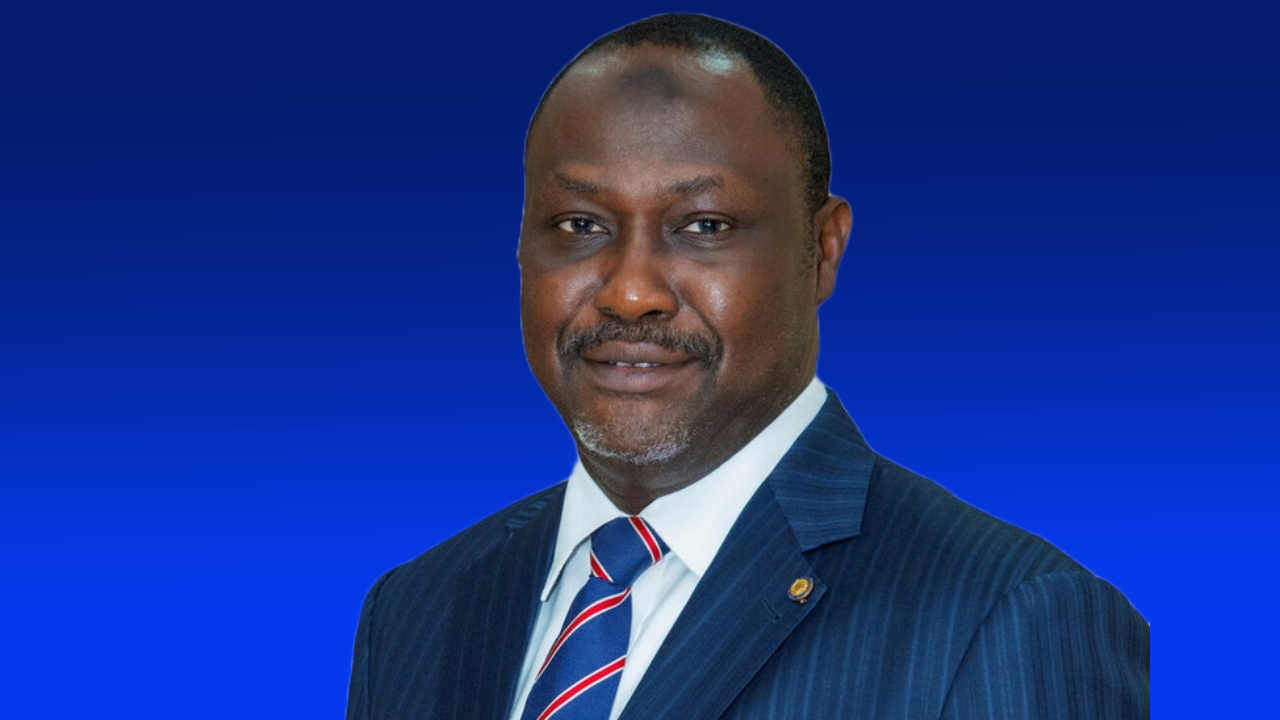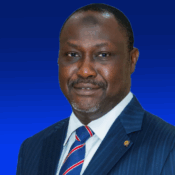
AFC Reveals $4 Trillion Investable Capital Landscape in Pivotal Infrastructure Report
AFC’s 2025 report indicates that Africa possesses $1.1 trillion in institutional capital, advocating for a shift from raw exports to industrialisation.
On Thursday, the Africa Finance Corporation (AFC), recognized as the continent’s foremost infrastructure solutions provider, unveiled a detailed and current overview of Africa’s investable capital landscape, highlighting more than $4 trillion in domestic savings across banking assets, institutional funds, and reserves.
The 2025 edition of the State of Africa’s Infrastructure (SAI) Report highlighted AFC’s belief in the potential of African-led investment as the cornerstone for enhancing power, transportation, and industrialization throughout the continent.
The AFC comprises 45 member countries and has allocated more than US$15 billion across 36 African nations since its establishment.
In response to the findings, President/CEO of AFC, Samaila Zubairu, stated: “This report offers a practical roadmap for Africa to leverage its substantial financial resources towards the infrastructure necessary for industrial transformation—ranging from enhancing electricity supply to revitalizing rail and developing key industries such as steel and fertilizers.” The tools are available. The capital is accessible. Coordinated action is essential to unlock it now.
Zubairu, speaking at the virtual launch of the report, noted that, “the world has changed and there is now a different focus from traditional development partners, emphasizing the defense and rearmament of their respective economies, as well as the factionalization of the world.”
“This signifies an opportunity for Africa.” This is due to the fact that in your pursuit of industrializing your economy and prioritizing defense, it necessitates the establishment of secure supply chains. The minerals for that are indeed found in Africa. Africa holds no significance; we are crucial.
“I mention this because it supports one of our key arguments regarding the necessary changes in Africa.” We need to change our approach by halting the export of raw materials and focusing on transformation instead. The transformation fosters quality job creation, which in turn results in enhanced savings. Increasing the pool of savings can only be achieved through the creation of higher-quality jobs. We have consistently emphasized that as Africans, it is essential for us to take charge of our development and finance it ourselves.
Zubairu emphasized the importance of establishing appropriate frameworks for regulatory reforms across the continent to enhance the appeal of infrastructure investment.
The latest SAI Report offers a cautious estimate of more than $1.1 trillion in long-term institutional capital sourced from pensions, insurance, sovereign wealth funds, and public development banks. Additionally, it highlights $2.5 trillion in commercial banking assets and over $470 billion in central bank reserves.
It observed that, despite the magnitude of these resources, the majority of investments are directed towards low-risk and short-term instruments instead of being funneled into the real economy.
The AFC’s report advocated for specific policy reforms, financial innovation, enhanced utilization of risk-mitigation tools, and the establishment of financial structures—like pooled funds or investment platforms—to place African institutions at the center of the continent’s infrastructure transformation.
The SAI Report aims to transform Africa’s energy narrative by identifying investment opportunities that move from small-scale access to large-scale, interconnected power systems. This shift is essential for fostering industrialisation, digital sovereignty, and climate resilience.
The report highlighted a significant under-investment in African energy, indicating that in 2024, Africa added only 6.5 GW of grid-connected capacity from all sources, while India surpassed this with over 18 GW from renewables alone.
“Installed power generation per person has remained unchanged in Africa, while it has more than doubled in India since 2008, underscoring the growing disparity in energy access and industrial capability,” it added.
The report additionally supported the integration of regional grids and the involvement of the private sector in electricity transmission, highlighting that Africa, unlike other developing regions, has not yet experienced a single independent transmission project.
Additionally, it recognized Angola, DRC, Tanzania, and Mauritania as crucial interconnector markets that could facilitate countries with surplus generation capacity in supplying power to those experiencing deficits—connecting various power pools and harmonizing electricity flows across borders.
In contrast to the lack of investment in energy, the SAI Report highlighted the rise of a new rail infrastructure cycle, indicating a resurgence of activity in Africa’s transport sector. A burgeoning array of railway projects, both public and private, is revitalizing regions from east to west and southern Africa, countering years of neglect and deterioration.
Lines that are currently under construction and those that are planned span more than 7,000 km, which could potentially double the speed of rail expansion in the coming decade.
AFC announced on Thursday the launch of the first-ever Digital Map of African Railways, a dynamic and interactive platform that offers real-time insights into the continent’s rail corridors, highlighting this renaissance. The tool is designed to improve project visibility, stimulate investor interest, and facilitate coordination along essential transport and trade corridors.
The report also highlighted steel, fertilizers, and oil refining as Africa’s three key strategic industrial inputs—currently reliant on approximately $300bn in annual imports, yet poised for domestic value enhancement.
Due to local production shortfalls, Africa currently consumes only 24 kg of steel per capita, in contrast to a global average of 219 kg, and 23 kg of fertilizer per hectare, compared to 140 kg globally. The ore-to-steel supply chain stands as a significant industrial opportunity that remains largely unexploited. However, to unlock this potential, it is essential to link the burgeoning iron ore supply centres in West Africa with processing hubs and the increasing consumption markets throughout the continent.
AFC emphasized the need for synchronized investment in energy, transport, and logistics to enhance competitiveness in these areas and establish regional production hubs.
The State of Africa’s Infrastructure Report 2025 aims to provide valuable insights for investors, policymakers, and development partners. It offers practical insights across five essential sectors: energy, transport & logistics, digital infrastructure, industrialisation, and capital mobilisation. Access the complete report at: State of Africa Infrastructure 2025 Report
All Categories
Recent Posts
Tags
+13162306000
zoneyetu@yahoo.com



